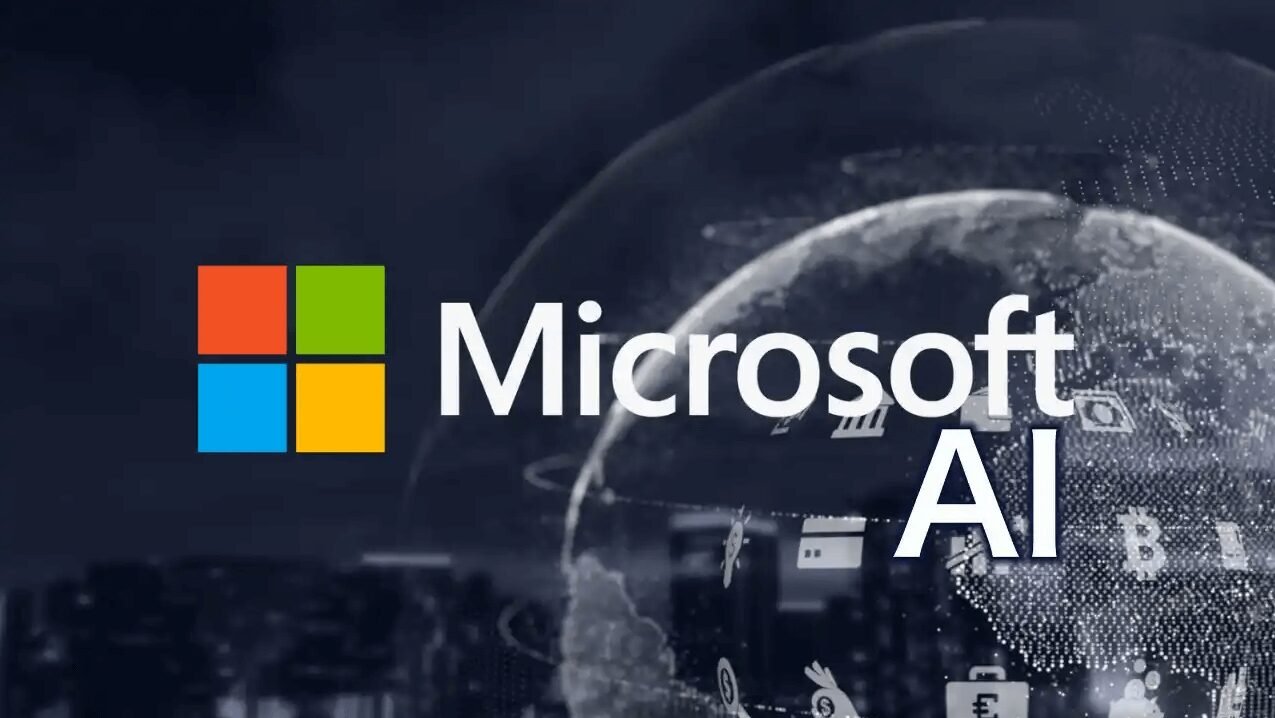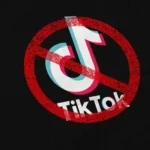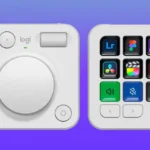Microsoft has shaken up the AI world with the release of Phi-3 Mini, the first in a trio of groundbreaking small AI models. Despite measuring only 3.8 billion parameters, Phi-3 Mini packs a punch. It’s available now on Azure, Hugging Face, and Ollama, with Phi-3 Small (7B parameters) and Phi-3 Medium (14B parameters) hot on its heels.
Think of parameters as the brainpower of an AI model. Phi-2, released in December, held its own against larger models like Llama 2. Now, Microsoft claims Phi-3 takes performance to the next level, delivering results you’d expect from a model ten times its size!
“Phi-3 Mini matches the capabilities of LLMs like GPT-3.5, but in a dramatically smaller package,” says Eric Boyd, Corporate Vice President of Microsoft Azure AI Platform.
It’s not just about the size – small AI models mean lower costs and lightning-fast performance on everyday devices like phones and laptops. Microsoft isn’t the first in the small AI game, as reported by The Information earlier this year, but Phi and its companion Orca-Math model showcase their focus on this revolutionary technology.
The competition is on! Google has its Gemma 2B and 7B for chatbots and language tasks. Anthropic’s Claude 3 Haiku tackles dense research papers, and Meta’s recent Llama 3 8B is promising for chatbots and coding help.
So, how did Microsoft make Phi-3 so powerful? Think of it like a super-efficient student. Boyd explains they used a “curriculum” approach, inspired by how children learn through stories and progressively complex concepts.
“We even used an LLM to create ‘children’s books’ and teach Phi!” says Boyd.
Phi-3 builds on its predecessors, excelling in both coding and reasoning. However, it won’t replace the vast knowledge of models like GPT-4, which are trained on the whole internet.
Boyd emphasizes that small models like Phi-3 often shine in real-world applications. Companies can tailor them to their specific (and smaller) datasets, saving money and boosting efficiency.
Source: The Verge










